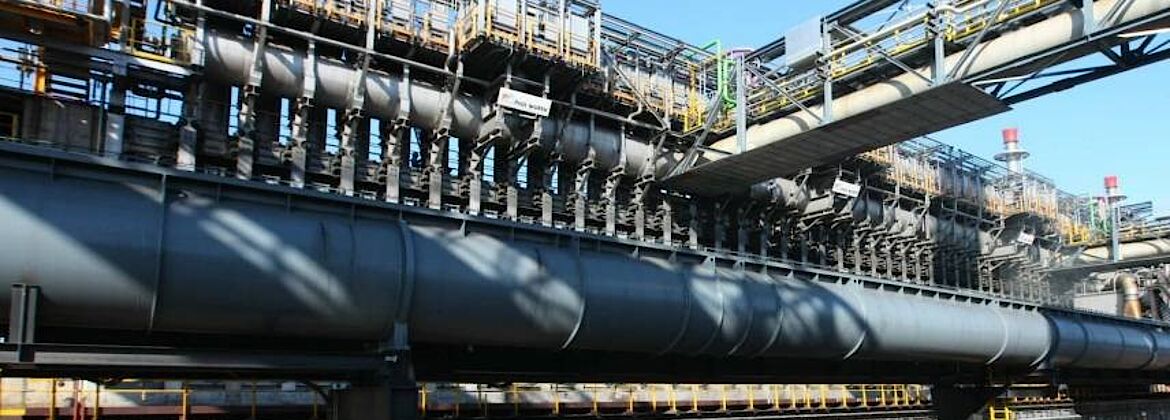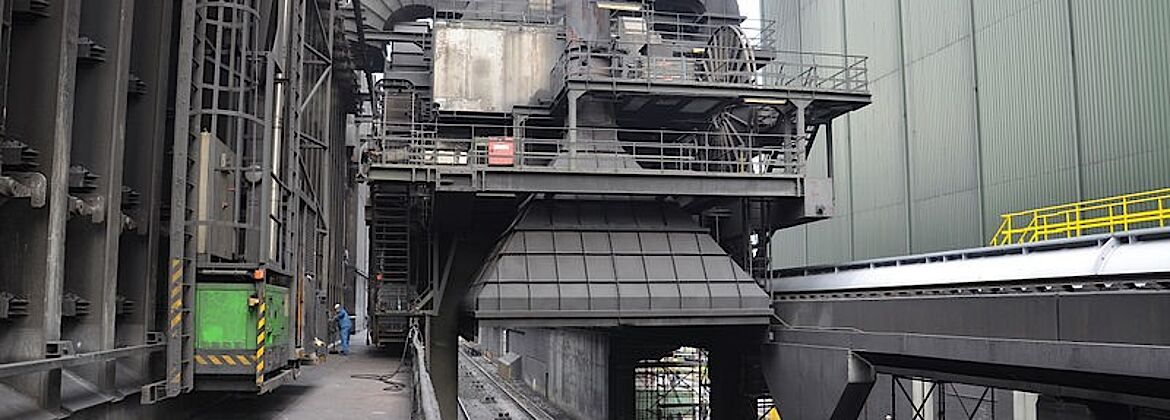Expert Body for Emission and Immission control
Emissions
DMT's specialist unit for emissions and immissions tests emissions and immissions that are primarily generated in the course of mining and are monitored by the Arnsberg district government. The Arnsberg district government is the mining authority responsible for the whole of North Rhine-Westphalia, and DMT is the authorised specialist body for these emission measurements.
Emissions are the discharge of e.g. particles, gases, but also sound waves or radiation into the environment. At the same time, every emission causes an immission (impact). Exhaust gases are generally harmful emissions and can have a negative impact on living organisms as well as on the environment. Measuring harmful emissions and checking compliance with limit values is therefore an important aspect of environmental protection (for the protection of living beings and the environment) that is fulfilled by measuring stations.
Operators of emitting installations (emitters) are bound by regulations and directives of the legislator to specified emission limit values and the operators are obliged to prove their compliance by regular measurements. The majority of these measurements must be carried out by a notified measuring body in accordance with § 29b of the Federal Immission Control Act (BIm-SchG) (<link https: www.tuev-nord.de de unternehmen umwelt betreiben-von-anlagen external-link internen>TN Umwelt: Betreiben von Anlagen - Umwelt | TÜV NORD (tuev-nord.de) ).
As a company of the TÜV NORD GROUP, DMT has decades of experience in the measurement of emissions relevant to mining law.
The typical measurement components in the emission measurements offered by our specialist unit include:
- Dust
- Dust constituents
- Nitrogen oxides (NOx)
- Sulphur oxides (SO2) and hydrogen sulphide (H2S)
- Carbon monoxide (CO)
- Gaseous inorganic chlorine and fluorine compounds
- organic individual components and substance groups
- polychlorinated biphenyls (PCBs)
- polycyclic aromatic hydrocarbons (PA)
- as well as oxygen and carbon dioxide as reference values
Corresponding measurements in the mining environment are e.g.
- Dust precipitation measurements
- Separation efficiency measurements on electrostatic precipitators
- Emission measurements on vapour gas plants. gas turbines. Emergency power generators etc.
- Blast furnace gas measurements
- Measurements of gas constituents in the tail gas of Claus plants
- Extinguishing tower measurements
- Measurements in hot, tar- and dust-containing gases, etc.
In addition, the specialist unit carries out measurements as special tests which are not prescribed (required) by law.
Of course, we offer you our support with our modern metrological equipment for all kinds of production or process-related questions. We also carry out efficiency tests on filter systems and take emission measurements during trial operation. We also carry out acceptance measurements and the testing of guaranteed values or warranted properties within the scope of plant commissioning.
We are also happy to assist you in the development of new processes with reduced emissions.
Our emission measurements are becoming increasingly important as a decision-making aid for optimising plants, e.g. for improving separation efficiency. DMT also offers possibilities for this in the form of pilot plant Tests.
Immissions
Continuous immission measurements of air pollutants in combination with emission-side information and meteorological data allow a detailed interpretation and evaluation of air-hygienic parameters. This includes, for example, the examination of immission values and other statistical parameters or the interpretation of typical daily, weekly and annual variations of air pollutants.
Within the scope of immission measurements, we determine:
- inorganic gases, e.g. nitrogen dioxide, sulphur dioxide
- dust, e.g: Particulate matter of the fractions PM10 and PM2.5
- Dust constituents and chemical compounds adsorbed to dust such as metals, polycyclic aromatic
- hydrocarbons (PAH; incl. benzo[a]pyrene as a component)
- Organic gaseous compounds such as benzene, toluene, ethylbenzene and xylene (BTEX).
All measurements can be carried out continuously or as random samples for concentration determination or as deposition measurements. The trace substance measurements can be supplemented by extensive meteorological measurements, for example to carry out polluter analyses (trace substance wind roses) or to generate meteorological time series for use in dispersion calculations.
The further range of services offered by DMT's specialist unit for emissions and immissions includes
- Emission surveys of coking plants (visual inspections according to EPA 303)
- the determination of fugitive emissions from the handling, storage and transport of dusty goods
- construction site monitoring for the determination of fugitive emissions of fine (PMx) and coarse dust (dust precipitation)
- Determination of dusting indicators (necessary, among other things, for the determination of fugitive dust emissions from bulk material dumps)



